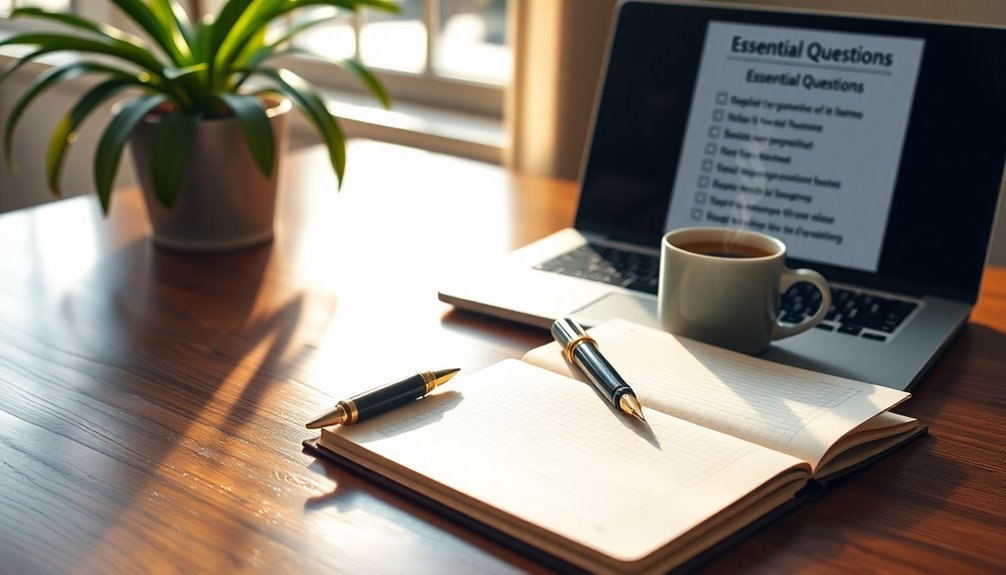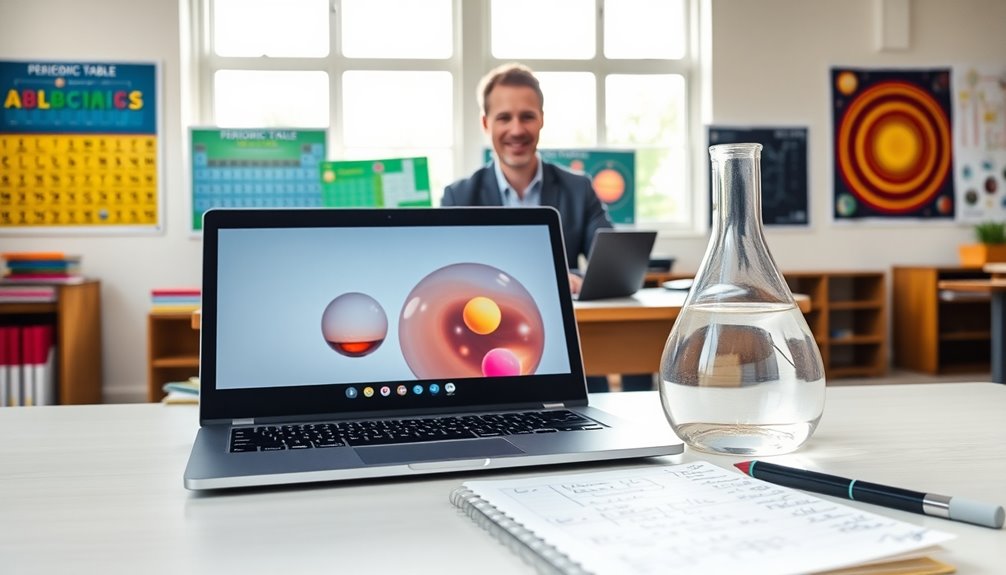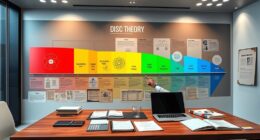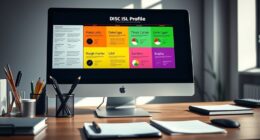To master CNA interview questions, focus on showcasing your strengths in patient care. You'll encounter inquiries about your motivation, handling difficult situations, and providing exceptional care. Practice clear, concise responses and highlight personal stories to demonstrate your empathy and observational skills. Be ready to discuss how you guarantee patient safety and prioritize tasks effectively. Remember, follow-up with a thank-you note to leave a lasting impression. By preparing thoughtfully, you'll boost your confidence and shine in interviews. If you're keen to uncover more tips and insights, there's plenty more to explore on this journey to success.
Key Takeaways
- Prepare for common CNA interview questions by formulating clear, concise answers based on your experiences and motivations for the role.
- Practice responding to scenario-based inquiries to demonstrate problem-solving skills and your approach to patient care challenges.
- Highlight instances of exceptional care you provided in previous roles to showcase your dedication and compassion.
- Emphasize your ability to prioritize tasks and ensure patient safety while discussing your techniques for handling difficult situations.
- Follow up with a personalized thank-you email to express gratitude and reiterate your enthusiasm for the position.
Understanding the CNA Role

What does it truly mean to be a Certified Nursing Assistant (CNA)? As a CNA, you play an essential role in patient care settings, providing important support during daily living activities.
Your responsibilities include assisting patients with hygiene, mobility, and meal preparation, all while respecting their dignity and privacy. Strong observational skills and empathy are imperative; you'll need to build rapport with patients to foster comfort and trust. Engaging in initial greetings and small talk can greatly enhance the overall patient experience.
You become a key player in the healthcare team, working closely with nurses and other staff to guarantee patients receive the best possible care. Your compassion and dedication can make a considerable difference in someone's life.
Key Interview Questions

Many CNAs find that preparing for key interview questions can greatly boost their confidence and performance in the hiring process.
You'll likely encounter questions that assess your motivations and problem-solving skills, such as, "What motivates you to work as a CNA?" or "How do you handle difficult patients?"
Expect to discuss specific scenarios, like, "Describe a time you provided exceptional care," which allows you to showcase your experience.
Be prepared to explain how you prioritize tasks and guarantee patient safety, as these demonstrate your ability to handle the responsibilities of the role.
Preparing Your Responses
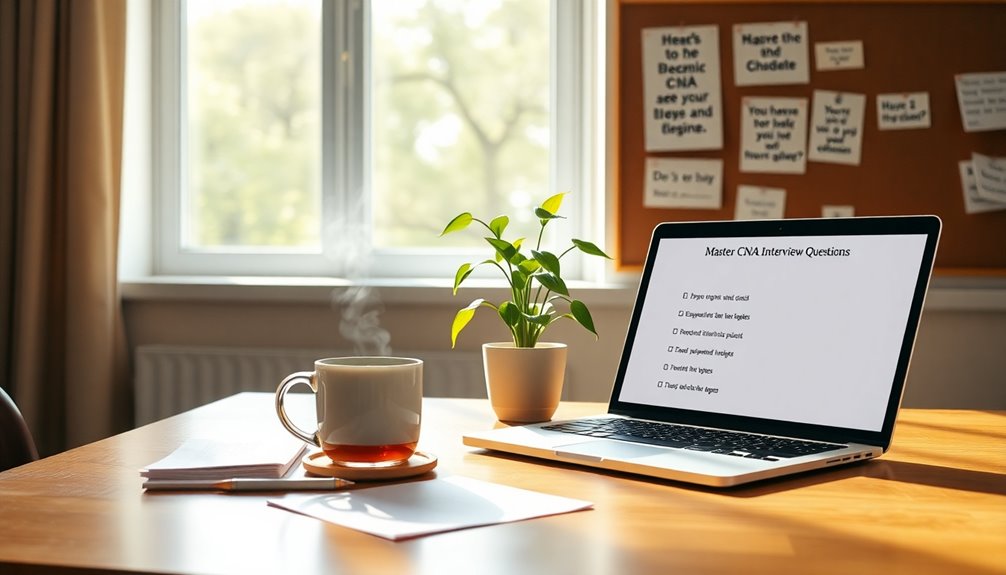
Preparing your responses for a CNA interview is essential to showcasing your qualifications and passion for patient care. Start by reviewing common questions and formulating clear, concise answers that highlight your strengths. Practice speaking them aloud to build confidence.
Here's a quick table to help you organize your thoughts:
| Question | Key Points to Address |
|---|---|
| What motivates you as a CNA? | Share personal experiences or stories. |
| How do you handle difficult patients? | Discuss techniques and empathy. |
| Describe exceptional care given. | Highlight specific actions and outcomes. |
| Ensuring patient safety? | Mention protocols and your vigilance. |
Highlighting Relevant Experience

To effectively showcase your qualifications during a CNA interview, highlighting relevant experience is key. You want to provide specific examples that demonstrate your skills and competencies.
Here are three ways to present your experience:
- Prior Roles: Discuss your previous positions in healthcare, emphasizing responsibilities that align with the CNA role.
- Skills and Certifications: Mention any relevant training or certifications you've obtained, particularly those that enhance your caregiving skills.
- Unique Experiences: Share unique situations where you've successfully addressed patient needs or collaborated with a healthcare team, illustrating your adaptability and commitment.
Demonstrating Compassion and Empathy

In the fast-paced environment of healthcare, demonstrating compassion and empathy can greatly enhance the patient experience. When you engage with patients, it's crucial to show that you genuinely care about their well-being.
Simple gestures, like a warm smile or a comforting touch, can make a significant difference. Take the time to listen actively to their concerns; this builds trust and rapport.
Remember, patients often feel vulnerable, so your empathetic approach can help ease their anxiety. Share personal stories or relatable experiences when appropriate, as this fosters connection.
Ultimately, your ability to understand and share in their feelings not only improves their experience but also enriches your role as a CNA, making your work more fulfilling and impactful.
Managing Challenging Situations

While building rapport with patients through compassion and empathy is essential, managing challenging situations is equally important in your role as a CNA.
You'll encounter various pressures that require quick thinking and effective responses. Here are three key strategies to reflect upon:
- Stay Calm: Take deep breaths and maintain your composure; your calmness can help de-escalate tense situations.
- Listen Actively: Pay attention to patients' concerns. Validating their feelings shows you care and can help you find solutions together.
- Communicate Clearly: Use straightforward language to explain procedures or address issues, ensuring the patient understands their care plan.
Showcasing Teamwork Skills

Effective teamwork is the backbone of successful patient care in any healthcare setting. When you showcase your teamwork skills during an interview, emphasize your ability to collaborate with colleagues.
Share specific examples where you contributed to a team effort, whether by assisting a nurse during a procedure or effectively communicating with peers about patient needs. Highlight your adaptability in diverse team environments, demonstrating respect for each member's role.
Discuss how you've resolved conflicts through open communication, reinforcing the importance of a united approach to patient care.
Following Up After Interviews
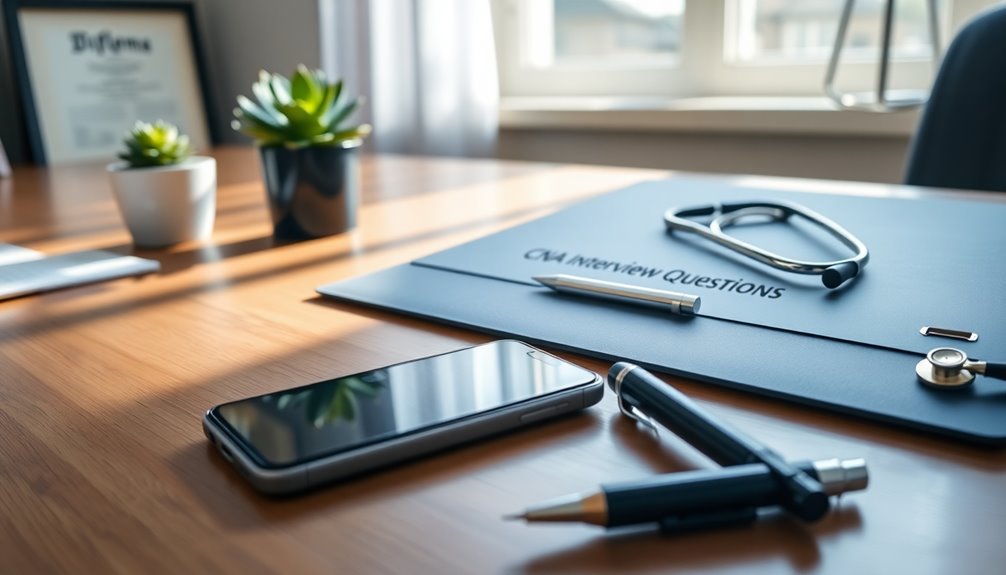
Following up after interviews is a crucial step in the job search process that can set you apart from other candidates.
It shows your enthusiasm and professionalism, leaving a lasting impression. Here are three essential tips for effective follow-up:
- Send a Thank-You Email: Within 24 hours, express gratitude for the opportunity and briefly reiterate your interest in the position.
- Personalize Your Message: Refer to specific topics discussed during the interview to demonstrate your engagement and attentiveness.
- Be Patient: Allow the employer time to make decisions, but consider a polite follow-up if you haven't heard back in a week or two.
Frequently Asked Questions
What Personal Qualities Make You Suited for a CNA Role?
When considering what personal qualities make you suited for a CNA role, think about your empathy, patience, and strong communication skills.
You can connect with patients, making them feel comfortable and valued. Your attention to detail guarantees safety and proper care, while your ability to work well in a team fosters a collaborative environment.
These traits not only enhance patient experiences but also contribute to a supportive atmosphere among colleagues in healthcare settings.
How Do You Stay Updated on Healthcare Practices?
You've got to stay on top of healthcare practices like it's a race against time!
To keep your knowledge razor-sharp, you immerse yourself in online courses, attend workshops, and read the latest journals.
Networking with fellow CNAs and healthcare pros keeps you in the loop, too.
You even follow influential figures in the field on social media.
What Is Your Approach to Patient Confidentiality?
Your approach to patient confidentiality should prioritize trust and respect for personal information.
You guarantee that sensitive data is shared only with authorized personnel and discuss it in private settings.
By adhering to HIPAA guidelines, you keep patient records secure and educate patients about their rights.
You also foster an open environment where patients feel comfortable sharing their concerns, reinforcing that their privacy is your top priority.
This builds a strong foundation of trust in care.
Describe Your Experience With Electronic Health Records (Ehr)
Using electronic health records is like traversing a well-marked path in the woods; it helps you stay organized and efficient.
You've worked with EHRs to document patient information, track essential signs, and update care plans. You understand the importance of accuracy and confidentiality in maintaining patient records.
You've also trained colleagues on EHR usage, ensuring everyone's on the same page. This experience has sharpened your skills and improved patient care through seamless information sharing.
How Do You Handle Feedback From Supervisors?
When you receive feedback from supervisors, take it as an opportunity for growth.
Listen attentively and ask clarifying questions if needed. Reflect on their suggestions and implement changes in your practice.
Showing that you value their insights builds a stronger relationship and demonstrates your commitment to improvement.
Always express gratitude for their guidance, as it shows professionalism and a willingness to learn, which are essential traits in the healthcare field.
Conclusion
In the competitive world of healthcare, remember that nearly 1.5 million CNAs work in the United States, each playing an essential role in patient care. By preparing for your interview and mastering key questions, you can stand out among this dedicated workforce. Showcase your compassion, teamwork, and problem-solving skills, and you'll not only impress potential employers but also pave the way for a fulfilling career. Embrace the opportunity—your future patients are counting on you!
Eugene brings a fresh, dynamic voice to our platform as one of our talented Writers. Specializing in research-driven content, he explores the latest findings in psychology and personal growth, translating them into actionable insights for our readers. Eugene’s work is fueled by a curiosity about what makes us tick and a desire to help others unlock their potential.



